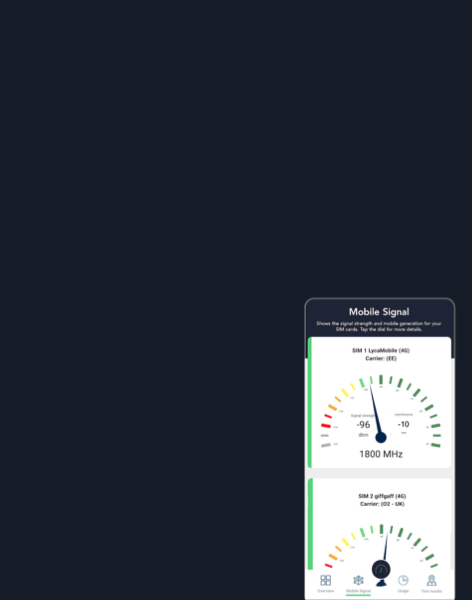WRC-15: the beginning of the end for regional agreements?
But the lack of consensus in Region 1 over IMT identification in the upper reaches of the C-band, an area which looked destined to be troublesome, and the patchwork agreement for mobile in the lower part of UHF, does raise questions about cohesion.
The different uses of technology across the world could answer some questions on the fragmentation of regional understanding. The expense of a new set-top box or television for consumers in developed countries, for example, is a trifle (and often a state-subsidised one) compared with poorer countries. In richer countries, analogue TV is being superseded not just by digital terrestrial TV (DTT), but also by satellite, cable and IPTV: the global contrasts in TV viewing platforms have never been sharper.
Politics also played their part in the ructions we saw at WRC-15. As Region 1 identification of 3.6-3.7 GHz was debated at the conference, there was word from more than one delegate that the RCCThe Regional Commonwealth in the Field of … group of countries (Russia plus a number of eastern European and central Asian states) was willing to lend its support to the position of Europe’s chief negotiator CEPTCEPT stands for the European Conference of…. By all accounts the offer was on the table. Until it wasn’t. It’s difficult to know why it disappeared but some were left wondering if it was absolutely necessary that it did.
Patchwork consensus was achieved on a variety of issues, not least the US, Colombia, Costa Rica and Canada’s identification of 3.6-3.7 GHz for IMT. The same countries (with Mexico replacing Costa Rica) also identified the UHF band for IMTInternational Mobile Telecommunications (I…. If large markets like these can harmonise, does regional consensus really matter? Indeed, a smaller country without identification could well find it easier to get IMT up and running if they’re in the backyard of a market like China.
Writing regional harmony into the Radio Regulations may be tricky, but in the real world it may just develop naturally.
Kane Mumford, PolicyTracker
